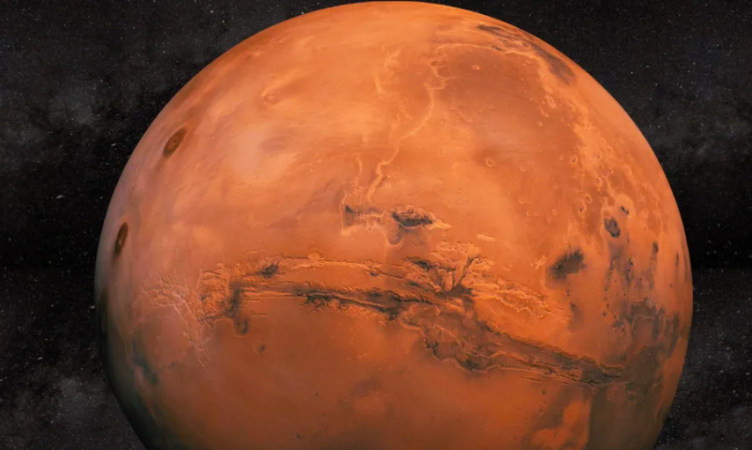Scientists widely believe that Mars once held abundant water, evidenced by large flood channels, ancient river valleys, and minerals that require liquid water to form. However, the mystery of how Mars lost its water and whether any remains hidden beneath its surface is still unresolved.
A new challenge has emerged against a recent theory suggesting vast underground water reserves on Mars. In a letter published on March 6 in Proceedings of the National Academy of Sciences (PNAS), Bruce Jakosky of the University of Colorado Boulder disputes the conclusions of a 2024 study by Vaughan Wright and colleagues from the Scripps Institution of Oceanography. That study interpreted seismic data from NASA's InSight lander to mean that Mars’ mid-crust may be saturated with liquid water.
Jakosky acknowledges that water or ice likely exists in Mars' crust, but emphasizes the difficulty of detecting and quantifying it. Wright’s team had modeled Mars’ crust using InSight seismic data, concluding it could hold enough liquid water to cover the planet in a global layer 1 to 2 kilometers deep. They based this on evidence that rocks in the mid-crust, about 10–12 km below the surface, seemed nearly fully saturated with liquid water.
Jakosky, however, offers an alternative interpretation. He suggests that the pore spaces in the crust may instead contain solid ice—or even be dry—and that this could still explain the seismic and gravity data. His reanalysis expands the range of possible water amounts in the crust, from none at all to the full 2-kilometer global layer estimated by Wright’s team.
Both studies rely on the concept of liquid water saturation—how much of the pore space in the rock is filled with liquid. While Wright’s model suggests full saturation beneath the InSight site, Jakosky argues that other scenarios, like partial saturation or frozen water, also fit the data.
The debate underscores the importance of future missions with more precise instruments to better assess Mars’ subsurface water. For now, the question of how much water Mars holds beneath its surface remains open—and hotly contested.

